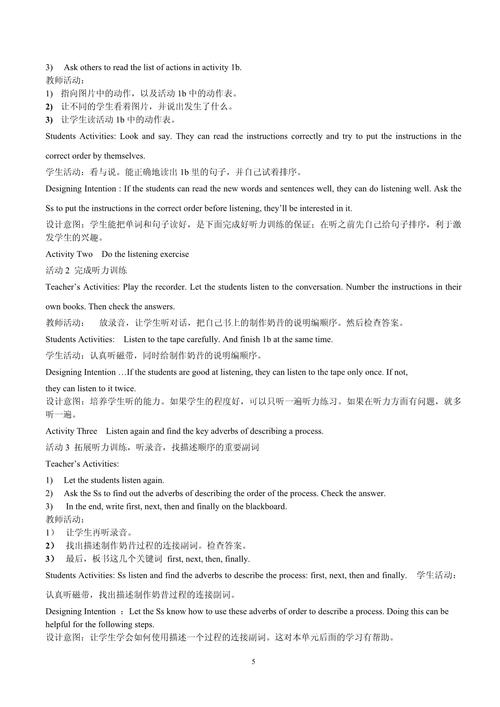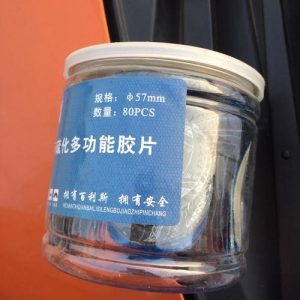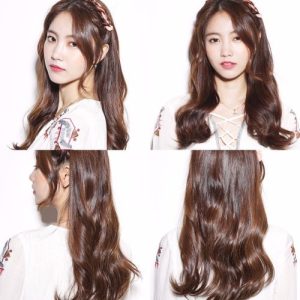How to Make a Skin Tone: A Comprehensive Guide
Creating a realistic skin tone is a crucial skill for artists, makeup enthusiasts, and anyone looking to enhance their work with lifelike skin textures. Whether you’re working on digital art, makeup application, or any other creative endeavor, understanding how to achieve a natural-looking skin tone can make a significant difference. In this guide, we’ll explore various methods and techniques to help you master the art of making a skin tone that stands out for all the right reasons.
Understanding Skin Tone
Before diving into the techniques, it’s essential to understand what constitutes a skin tone. Skin tone is influenced by a variety of factors, including genetics, environment, and cultural background. It’s not just about the color of the skin but also the texture, undertones, and the way light reflects off the surface. Here are some key aspects to consider:

- Color: Ranges from very light to very dark, with shades of pink, beige, olive, brown, and black in between.
- Texture: Can vary from smooth to rough, with pores, freckles, and other imperfections contributing to the overall look.
- Undertones: Can be warm (golden, olive), cool (pink, blue), or neutral (no discernible color).
- Light Reflectance: Determines how light bounces off the skin, affecting its appearance.
Materials and Tools
Before you start, gather the necessary materials and tools. Here’s a list of items you might need:
- Paints: Acrylics, watercolor, or oil paints, depending on your preference and the medium you’re working with.
- Brushes: A variety of brush sizes and shapes to achieve different textures and strokes.
- Reference Images: Photos of people with different skin tones to study and understand the nuances.
- Lighting: Good lighting is crucial for accurately assessing the color and texture of your skin tone.
- Other Tools: Palette knife, sponge, or any other tools that can help you achieve the desired effect.
Creating a Basic Skin Tone
Start by mixing a basic skin tone using a palette knife or brush. Here’s a simple recipe to get you started:
| Color | Amount |
|---|---|
| Yellow Ochre | 1 Part |
| Burnt Umber | 1 Part |
| White | 1 Part |
Adjust the proportions to achieve the desired shade. If you want a warmer tone, add more yellow; for a cooler tone, add more blue or purple. Remember, you can always add more color, but it’s challenging to remove it once it’s on the canvas.
Adding Texture
Texture is what gives skin its lifelike appearance. Here are some techniques to add texture to your skin tone:

- Impasto Technique: Apply paint thickly to create a textured surface. This technique is great for creating a rough, bumpy texture.
- Glazing: Apply a thin, transparent layer of paint over the base color to add depth and texture. This technique is ideal for creating a smooth, even texture.
- Scumbling: Apply paint in a random, overlapping pattern to create a textured surface. This technique is great for creating a natural, irregular texture.
- Using a Sponge: Dab a sponge onto the paint and apply it to the canvas to create a textured, speckled effect.
Lighting and Shadows
Lighting and shadows play a crucial role in creating a realistic skin tone. Here are some tips to help you master this aspect:
- Understand the Direction of Light: Determine the direction of light in your scene and apply shadows accordingly. Shadows should
About The Author






